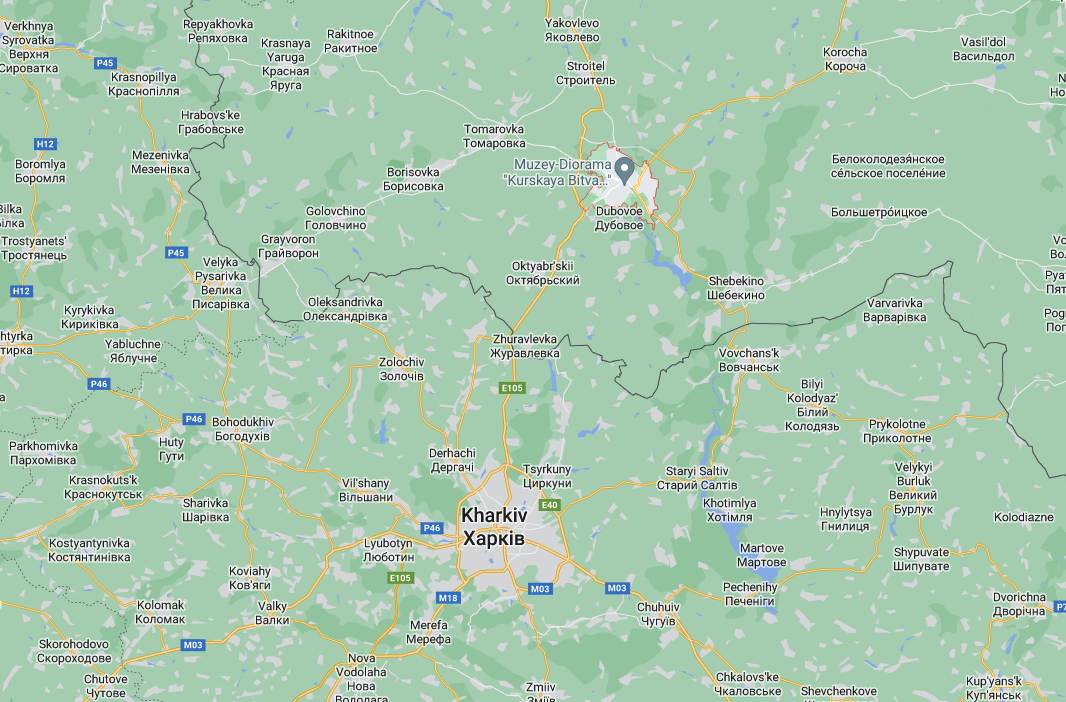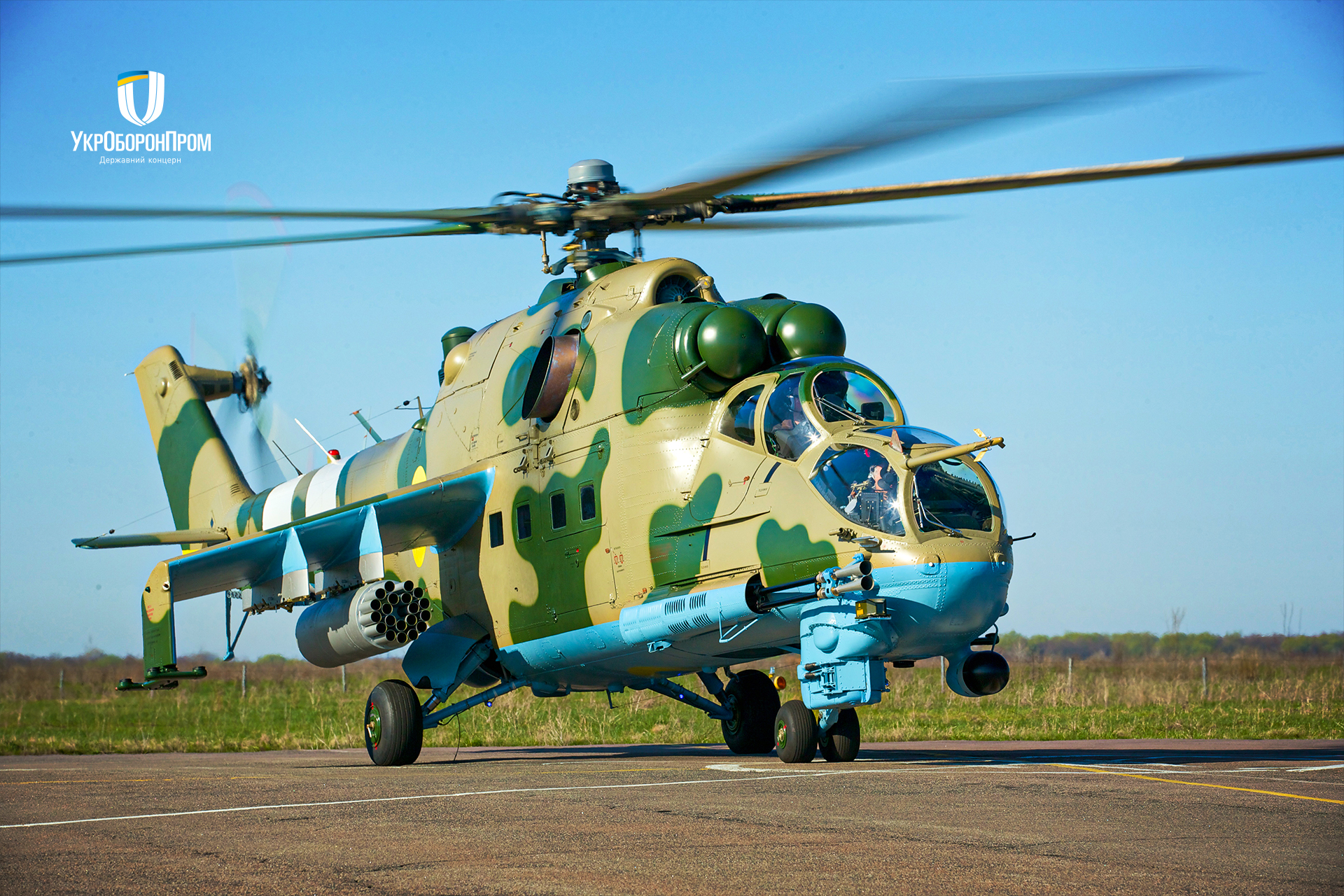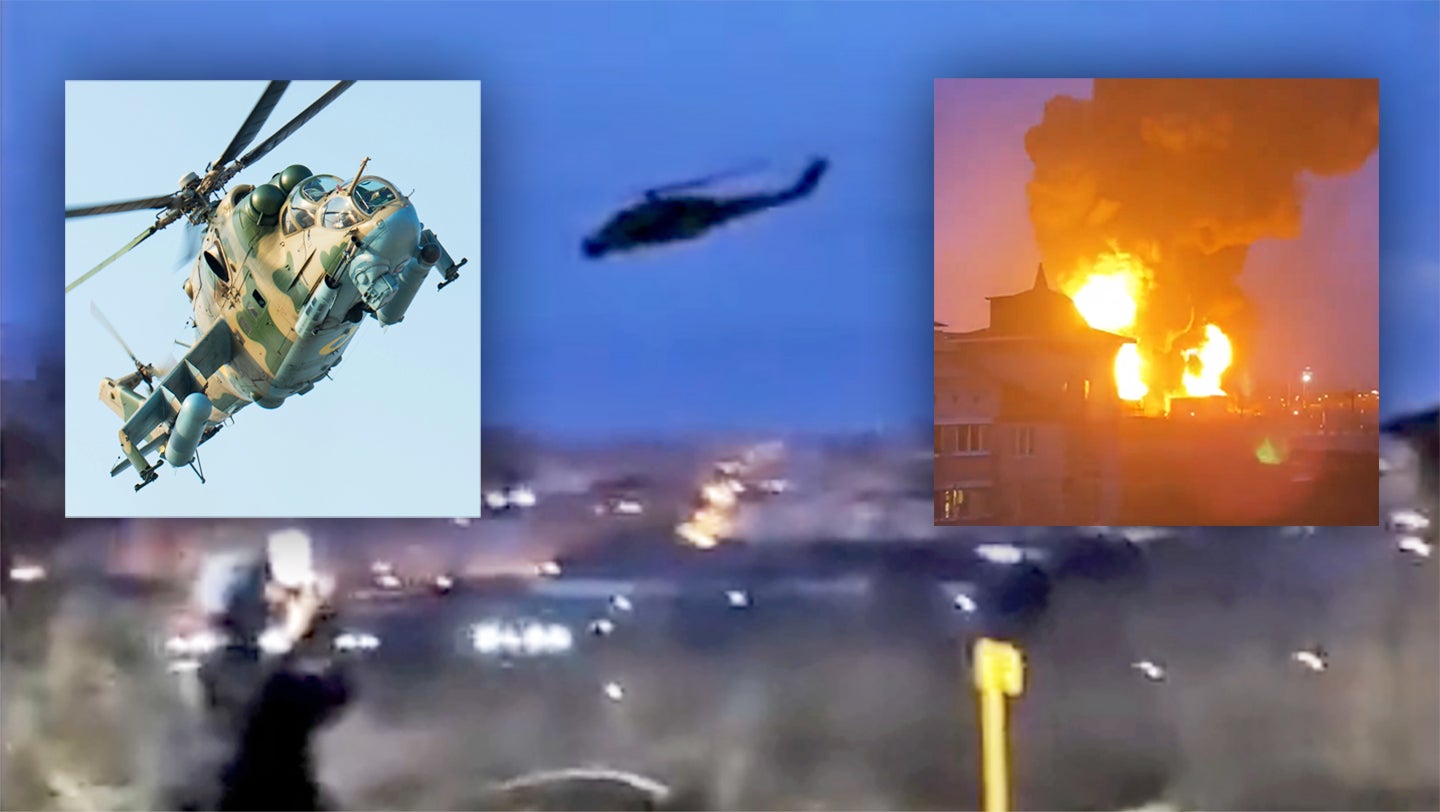Details are very limited at this time and are likely going to change as more information comes available, but reports indicate that a pair of Ukrainian Mi-24 Hind attack helicopters crossed low over the border into Russia early Friday morning and struck an oil storage facility in Belgorod. If these details stick, the pre-dawn strike is the riskiest direct attack on Russian interests outside Ukraine by Ukrainian forces since the war began five weeks ago — it would also seemingly be the first strike launched by manned aircraft against Russian territory since at least the Korean War.
We must add one major caveat here before we continue on. There have been countless allegations and evidence that Russia and its proxies had or were planning on staging false-flag-like events in order to shape the narrative of the conflict and provide justification for extreme military acts. There are no major indications at this time that this attack was some sort of ploy, but it is a real possibility to always keep in mind, especially considering how poorly the invasion has gone for Russia. In other words, yes, this could turn out to be a self-inflicted wound.
Early Friday morning (Ukraine local time), videos began surfacing on social media showing blacked-out Mi-24s making rocket attack runs on a large oil storage facility in Belgorod, which lies not far beyond Ukraine’s northeastern border. The oil storage tanks are seen exploding and a massive fire ensuing, one that appears to be still burning at this time.
According to The Moscow Times, Vyacheslav Gladkov, the governor of the Belgorod region, wrote the following in a Telegram post:
“There was a fire at the petrol depot because of an airstrike carried out by two Ukrainian army helicopters, who entered Russian territory at a low altitude.”
Belgorod sits roughly just 18 miles north of the border with Ukraine, but there are a huge amount of Russian forces arrayed between there and Kharkiv, Ukraine’s second-largest city, which has been under assault from Russian forces since the war began. The possible fact that lowly Mi-24s were able to infiltrate Russia in such a heavily militarized area to make such a brazen attack would be a damning indictment of Russia’s air defense capabilities. That area would be especially heavily populated by layers of air defense systems, including many short-range units that are specifically designed to target and engage low-flying helicopters in any conditions.


The helicopters involved in the raid would have been Soviet-era Mi-24 Hinds, which are operated by the Ukrainian Army Aviation. These aircraft saw extensive action during the conflict in eastern Ukraine, the so-called Anti-Terrorist Operation (ATO), in 2014 and 2015, sustaining several losses in the process. Nevertheless, after this campaign was wound down, the Ukrainian Army Aviation was left with four brigades of Mi-24s, dominated by the 30mm-cannon-armed Mi-24P Hind-F version. Western analysts put the total active Ukrainian Hind fleet at 34, prior to the latest hostilities.
While the ATO was still underway, Ukraine began upgrading some of its Mi-24Ps to the Mi-24PU1 standard. As well as being fitted with uprated engines, these helicopters received the Adros KT-01AV self-protection system to defend against infrared-guided missiles, plus a new FPM-01KV laser target designator for improved firing precision at night. Additionally, the PU1 version adds a Garmin GPS navigation system and an improved radio in the cockpit. Further optimizing the new version for night operations, the crew is provided with new Polish-made THL-5NV helmets with integrated night-vision devices.
The first Mi-24PU1 was delivered in 2012 and work was still underway to upgrade further helicopters as of September last year. Clearly, the Mi-24PU1 would be an ideal candidate for this type of raid, although the precise variant that was used cannot yet be confirmed.

Ukraine has supposedly struck Russia before in its own territory, albeit with dated tactical ballistic missiles, but some of these attacks seem to have achieved significant success. Still, these operations pale in comparison to this raid and what it symbolizes.
This action could be a preview of what is to come as Russia reduces its ambitions in Ukraine after severely underestimating the country’s ability to defend itself while overestimating the capabilities of its own forces. Kyiv clearly wants vengeance for the carnage Moscow has inflicted on Ukraine and its people. At the same time, there is much we don’t know about how this came together and who actually ordered the strike.
Regardless, the strike could serve as a major rallying cry for all Ukrainians and is somewhat reminiscent of operations like the Doolittle Raids following Japan’s attack on Pearl Harbor. If it was indeed executed by Ukrainian forces, it showcases the bravery of their aircrews and represents the underdog taking the fight to the enemy just as it tries to reposition itself in order to salvage a major military operation gone wrong.
And yes, there is a real tactical benefit here. Those fuel tanks are located just where Russia is planning to focus its military might going forward. Destroying them will hinder those operations. Finally, it’s would also serve as a clear response to Russia’s recent campaign of going after the exact same type of facilities in western Ukraine as of late.
Update, 7.45 AM PST: The Ukrainian Ministry of Defense has declined to comment directly on allegations that its forces struck the Belgorod fuel depot earlier today. However, Col. Oleksandr Motuzyanyk said the Ukrainian Armed Forces were conducting a defensive operation and could not be held responsible for “every catastrophe on Russia’s territory.”
Meanwhile, Ukrainian Foreign Minister Dmytro Kuleba has said: “I can neither confirm nor reject the claim that Ukraine was involved in this simply because I do not possess all the military information.”
Update, 1.45 PM PST: In a surprising turn of events, Ukrainian Security Council Secretary Oleksiy Danilov, the country’s leading security official, has denied that the Ukrainian Armed Forces were responsible for the attack on the fuel depot. Danilov said: “For some reason, they [the Russians] say that we did it, but according to our information this does not correspond to reality.”
In the United States, White House Press Secretary Jen Psaki said that the president was “not in a position to comment on the Kremlin’s statements,” regarding its claims that Ukraine was responsible for whatever happened at Belgorod. The question of what exactly did occur has not become much more perplexing, especially in regard to the video footage showing two Mi-24s that seemed to be involved in launching rockets at the facility.
So far, a robust denial has come from only one Ukrainian official, strongly suggesting there is still a possibility that Ukrainian-flown helicopters were responsible. On the other hand, if what Danilov said is correct, then the incident could indeed have been some kind of false flag by Russian-operated Hinds, or even an attack prosecuted by Russian defectors. We just can’t say for certain at this time. The Mi-24s involved apparently wore white identification bands, although it’s also not immediately clear if these are the typical Russian or Ukrainian markings.
A case of Russian Mi-24s attacking the wrong target seems unlikely, but by the same token, it’s not immediately clear why a fuel depot would be chosen for a false flag operation. A more likely target would be some more overtly civilian objective or at least one that would not also necessarily impact Russia’s own war effort.
We will continue to update this story as more information becomes available.
Contact the author: Tyler@thedrive.com
